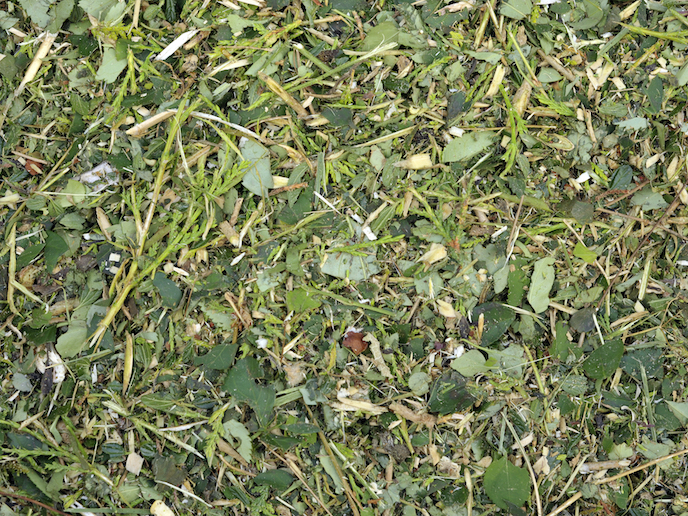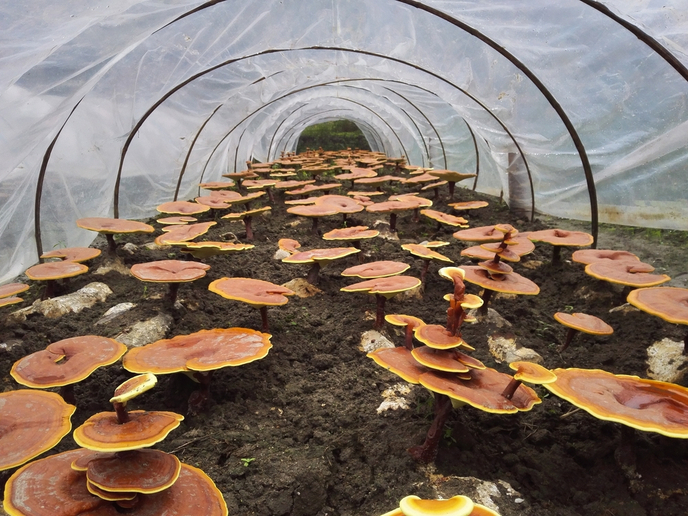Bio-polyurethanes from natural resources
Polyols are an important class of molecules in polymer chemistry, the building blocks for important compounds, including polyurethanes. Increasingly, bio-polyols derived from vegetable oils are being modified for a bio-based alternative to fossil fuel-based polyurethanes. Since polyol is one of the main components of polyurethane formulations, the incorporation of polyols based on natural resources increases the renewable carbon content on the final material. Hence, the use of these polyols is playing an increasing role in the global bio-economy. The EU-funded project BIOPURFIL (Bio-based polyurethane composites with natural fillers) comprised a joint European and South American consortium. They used state-of-the-art technologies to produce bio-based composites consisting of polyurethane matrices reinforced with the natural fillers. Project partners synthesised a variety of natural rapeseed oil-based, palm oil-based and tall oil-based polyols. Tall oil (also known as tallol) is a resinous liquid, which is created in large quantities as a by-product of manufacturing at wood pulp and paper mills. Castor, linseed and soybean oil-derived polyols were also utilised. With commercially available microcellulose and sisal as the natural fillers and glycerol as a reactive modifier to facilitate chemical reactions, the bio-based polyols were used to produce a variety of porous and rigid foams as well as non-foam bio-polyurethanes. Rigid polyurethane foams are one of the most important materials used in the construction and the global appliances industry, such as in refrigerators and freezers. They have a range of useful characteristics, such as heat-insulation, sound-absorption, as well as being light-weight and shock-proof. Scientists also investigated the effects of bio-polyols, natural fillers and glycerol on foam density as well as physicochemical and mechanical properties, and morphology. This provided valuable insight into their suitability for spraying, moulding and pouring systems. Researchers also optimised formulations to give a range of bio-based composites. Moreover, the bio-composites preparation processes were mostly conducted without solvent and with reduced amount of catalysts. BIOPURFIL will therefore help to decrease greenhouse gas emissions and reduce the need for fossil resources by developing products that can provide an important eco-friendly alternative to conventional fossil fuel-based polyurethanes.







